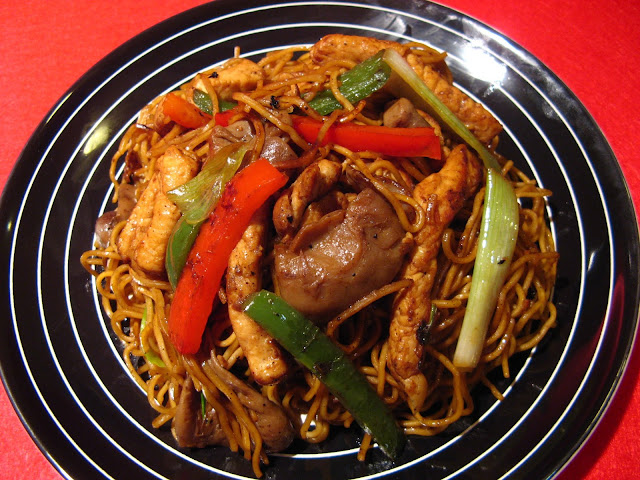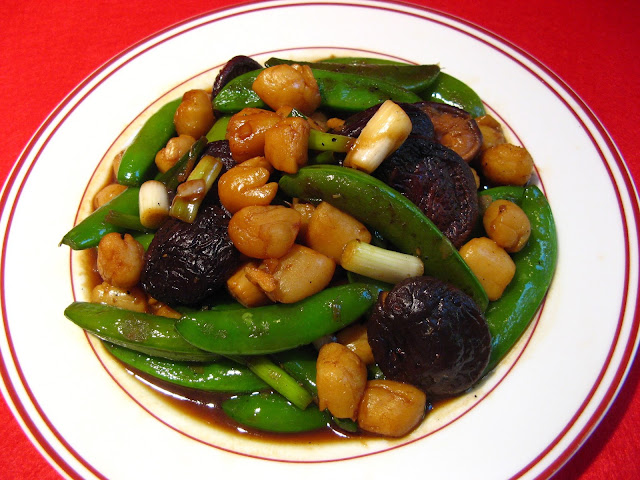This recipe was adapted from that published in Saveur
Magazine, June/July 2013 issue in the article, “Fire in the Belly”. The
original recipe was for lamb skewers. The spice paste, consisting of red chili
flakes, cumin, Sichuan peppercorns, and oyster sauce would go well with any
meat. I happen to have two racks of lamb in my freezer, so it made sense to use
them instead of making skewers with lamb shoulder as called for in the original
recipe. The article makes the point that a very hot fire is used for cooking,
so I piled the charcoal into one-half of the grill to place the coals as close
to the grill surface as possible. You may have to decrease the cooking time
depending upon the heat of your grill. Cooking time is fast for medium-rare rib
chops, so be careful not to overcook the lamb.
Enjoy!






